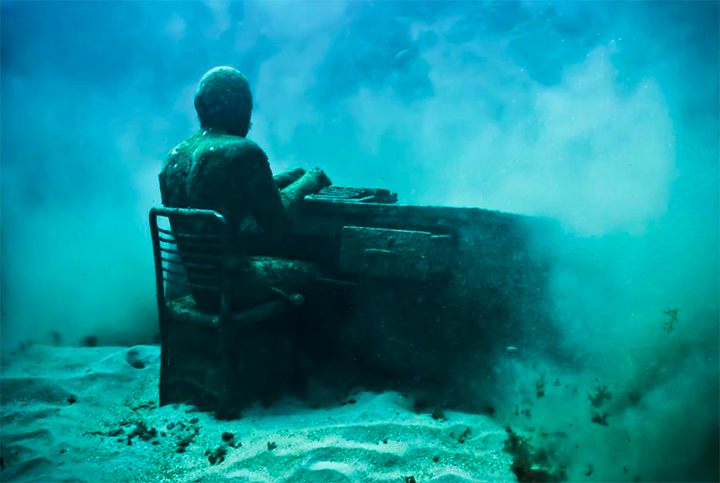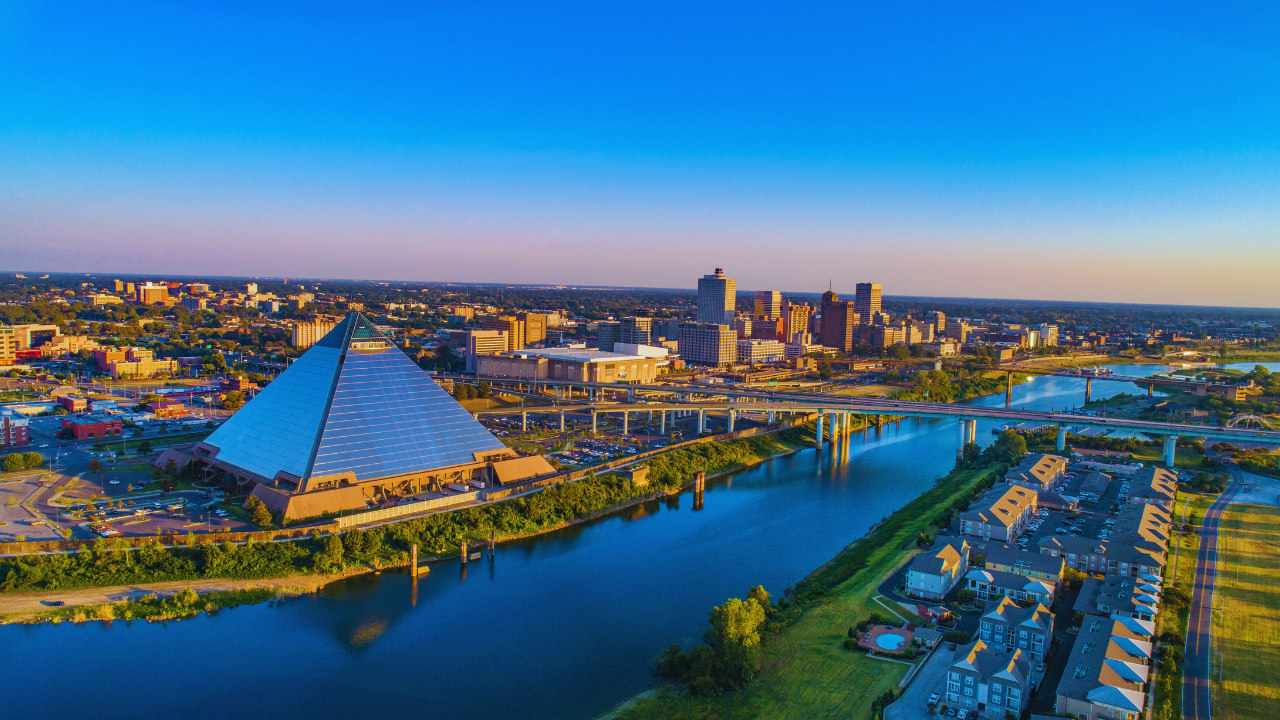Grenada’s haunting underwater sculpture park is a tribute to the nearly two million African slaves thrown into the sea during the transatlantic slave trade. The first of its kind, these sculptures sit nearly 14 feet down, at the bottom of Molinere Bay and are only accessible by scuba diving, snorkeling, and glass-bottom boats.
RELATED: Beaches In The Caribbean That You Will Have All To Yourself
Designed by artist Jason deCaires Taylor in 2006, the site has been listed as one of National Geographic’s 25 Wonders of the World. The most celebrated piece is Viccisitudes, which features a ring of children holding hands facing out into nutrient-rich oceanic currents. According to underwatersculpture.com, this piece is “a symbol of unity and resilience. They are an example of how we are inscribed and formed by the nutrients we absorb. However, locally it was widely interpreted as a tribute to slavery due to the structural connections resembling shackles and the proximity to the Atlantic Ocean and the Middle Passage.”

The sculptures were eco-consciously made from concrete and rebar, creating an ideal surface where marine life can grow. Over time, these artificial reefs have attracted a stunning array of varied marine life. The sculptures have also undergone dynamic changes due to unique, underwater forces including sea surge, wave action, and currents that have imposed their own influence and changes on the sculptures.
RELATED: TripAdvisor Names 2019 Top 25 Beaches In The World
Often described as a moment frozen in time, people from all over the world flock to these waters to experience this haunting tribute that lives forever beneath the sea.
Get the most out of your trip by taking advantage of comprehensive city guides for top destinations like St. George’s, Grenada and more. CLICK HERE to join Travel Noire Plus and get yours today!





